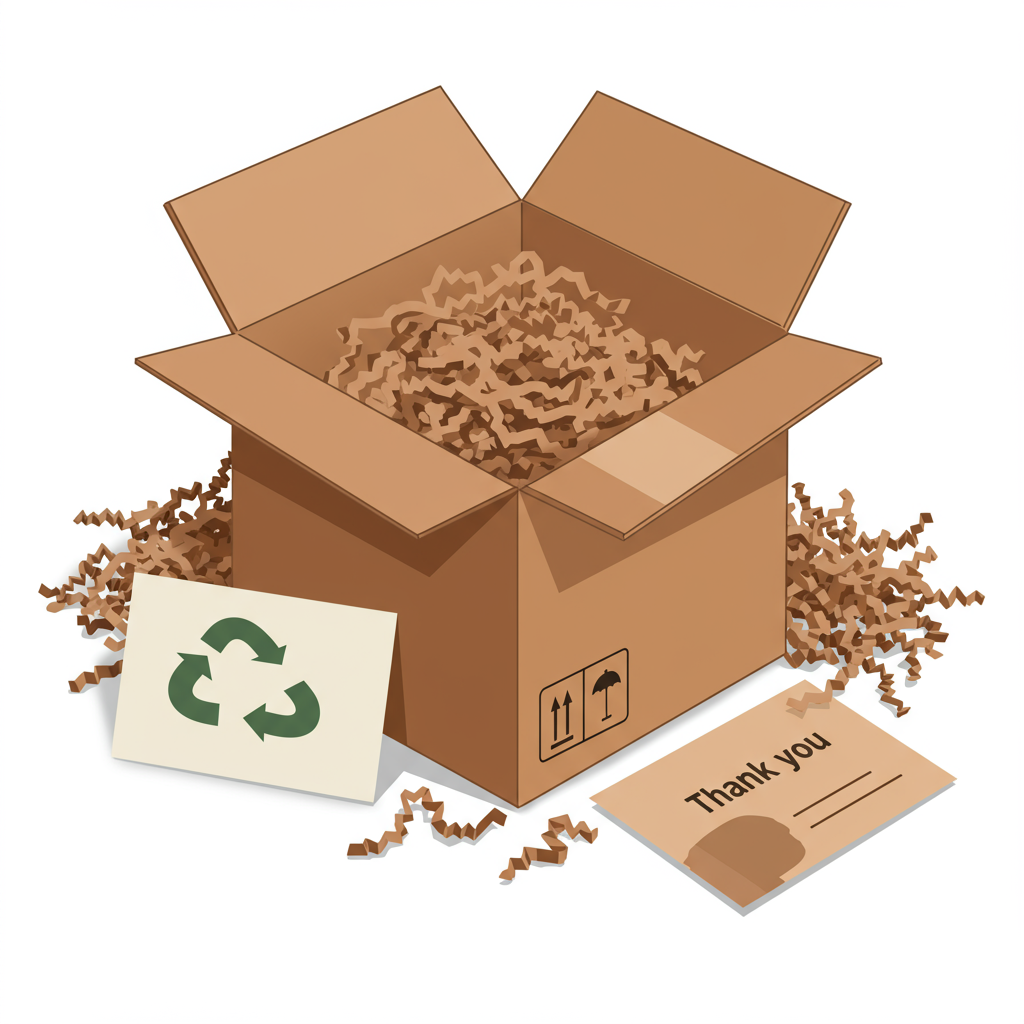Unlock the power of exceptional packaging and streamlined fulfillment to delight your customers and grow your Shopify store.
Welcome, fellow Shopify merchants! Today, I want to talk about two critical, often overlooked, aspects of your e-commerce business: packaging and fulfillment.
These aren’t just logistical necessities; they are powerful tools for branding, customer satisfaction, and ultimately, your bottom line.
Think about it: the moment a customer receives their order is often their first physical interaction with your brand. What impression does it leave?
Let’s dive into packaging first. It’s more than just a box; it’s an extension of your brand story and a crucial part of the customer experience.
**Branding through Packaging:** Custom packaging, even simple branded tape or tissue paper, elevates the perceived value of your product.
Consider using your brand colors, logo, and even a unique font on your packaging. This creates a cohesive and memorable experience that reinforces your brand identity.
A personalized touch, like a handwritten thank-you note, a small free sample, or a custom sticker, can turn a one-time buyer into a loyal advocate.
This attention to detail shows your customers that you care, making them feel valued and appreciated.
**Protection is Paramount:** While aesthetics are important, the primary function of packaging is to protect your product during transit.
Invest in appropriate cushioning materials – bubble wrap, packing peanuts (biodegradable ones are a great choice!), or crinkle paper – to prevent damage.
The cost of replacing a damaged item, dealing with a dissatisfied customer, and managing negative reviews far outweighs the cost of proper protective packaging.
Always test your packaging with a ‘drop test’ or by sending a sample to yourself to ensure it can withstand the rigors of shipping.
**Sustainable Packaging:** Consumers are increasingly environmentally conscious. Offering eco-friendly packaging options can be a significant differentiator for your brand.
Think recycled materials, compostable mailers, or even minimalist packaging that reduces overall waste. Clearly communicate your sustainability efforts to your customers.
This not only appeals to a growing market segment but also positions your brand as responsible and forward-thinking, building trust and loyalty.
**The Unboxing Experience:** This is where packaging truly shines. It’s the moment of truth, the reveal, and an opportunity to create a viral moment.
Make it an experience! Think about layers, textures, and even subtle scents. Can you include a small, branded item or a discount code for their next purchase?
Encourage customers to share their unboxing experience on social media using a specific hashtag. This organic marketing is invaluable and builds community around your brand.
Now, let’s shift gears to **Fulfillment Strategies**. How do you get your products from your inventory to your customer’s doorstep efficiently and reliably?
**In-House Fulfillment:** Many small Shopify businesses start by handling everything themselves. This gives you complete control over the process.
You pack, label, and ship every order. It’s cost-effective initially and allows for maximum personalization, but it can quickly become overwhelming as your business scales.
It requires dedicated space for inventory, significant time for packing, and a solid understanding of shipping logistics and carrier options.
**Third-Party Logistics (3PL):** As your order volume grows, partnering with a 3PL provider becomes a smart strategic move.
A 3PL stores your inventory, picks, packs, and ships orders on your behalf. They often have better shipping rates due to their high volume with carriers.
This frees up your valuable time to focus on product development, marketing, and customer service, rather than getting bogged down in logistics.
**Dropshipping:** This model means you don’t hold any inventory yourself. When a customer places an order, you purchase the item from a third party (supplier) who then ships it directly to the customer.
It’s low risk and low overhead, making it ideal for testing new products, but you have less control over product quality, branding, and shipping times.
**Hybrid Models:** Many merchants successfully use a combination of these strategies. Perhaps they fulfill bestsellers in-house and use a 3PL for slower-moving items or international orders.
**Technology and Automation:** Shopify offers a wealth of apps and integrations to streamline both packaging and fulfillment processes.
Shipping label apps, inventory management tools, order tracking integrations, and automated notification systems can save you immense time and reduce errors.
Automate order notifications, tracking updates, and even post-purchase follow-ups to enhance the customer experience and build trust.
**Customer Experience and Returns:** Your fulfillment process directly impacts customer satisfaction. Clear and proactive communication about shipping times and potential delays is crucial.
A smooth, hassle-free returns process is just as important as a smooth delivery. It builds trust, reduces buyer’s remorse, and encourages repeat business.
Provide clear instructions, pre-paid return labels if possible, and process refunds promptly to turn a potentially negative experience into a positive one.
So, what do you think about these ideas? Have you implemented any of them, or do you have other strategies that have worked well for your Shopify store?
In conclusion, packaging and fulfillment are not just operational tasks; they are integral parts of your brand’s identity and the overall customer journey.
By investing time and thought into these areas, you can create memorable experiences, build strong customer loyalty, and ultimately drive the sustainable growth of your Shopify business.
Start small, experiment with different approaches, and always prioritize your customer’s experience. Happy shipping!






